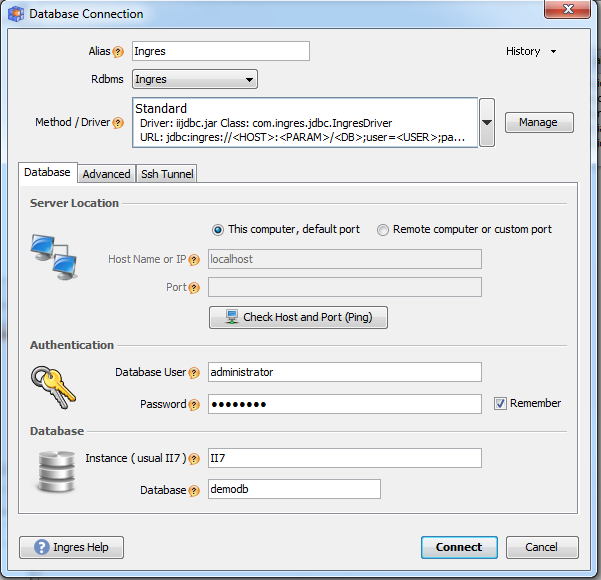

The execution results will show up in the Output window. If the following dialog box pops up, choose the database where the new tables should be in. To execute the script, either click the Run SQL button in the task bar at the top (Ctrl-Shift-E), or right click within the SQL Editor and choose Run File. Read the scriptīefore running the script, we should take a look at the script to make sure that we understand the script about its expected result. Then the script should open in the current SQL Editor window. Navigate to the script that you has downloaded. On the top of the IDE, click File-> Open File. In the following, we will run a SQL script that will create all the three tables. To create new tables, we can either add the new tables one after the other, or run the script to create them all in one execution. In the SQL Editor, we can run SQL statements. Right click the Tables folder and choose Execute Command.Ī blank SQL Editor window opens in the main window. Note that there are three subfolders: Tables, Views and Procedures. In the Database Explorer, expand the new connection node. In the IDE, it is possible to create a new table by either using the Create Table dialog, or by entering a SQL script and running it directly from the SQL Editor. We plan to create three new tables counselor, subject and login. Populating the TablesĬounselor is currently empty.

Now a new database connection node should be created in the Services tab window. Leave the checkbox unselected at this time. The Create MySQL Database dialog box opens. Right-click the MySQL Server instance node.Ĭhoose Create Database. In the following, we will complete the five steps:Įxecuting a Query 4. Once the database is connected to the IDE, we can work with MySQL in the IDE’s Database Explorer by performing database operations, such as creating new databases and tables, populating tables, and running SQL queries.

If not done yet, complete the post Registering MySQL Server in NetBeans IDE before switching back to this post.


 0 kommentar(er)
0 kommentar(er)
